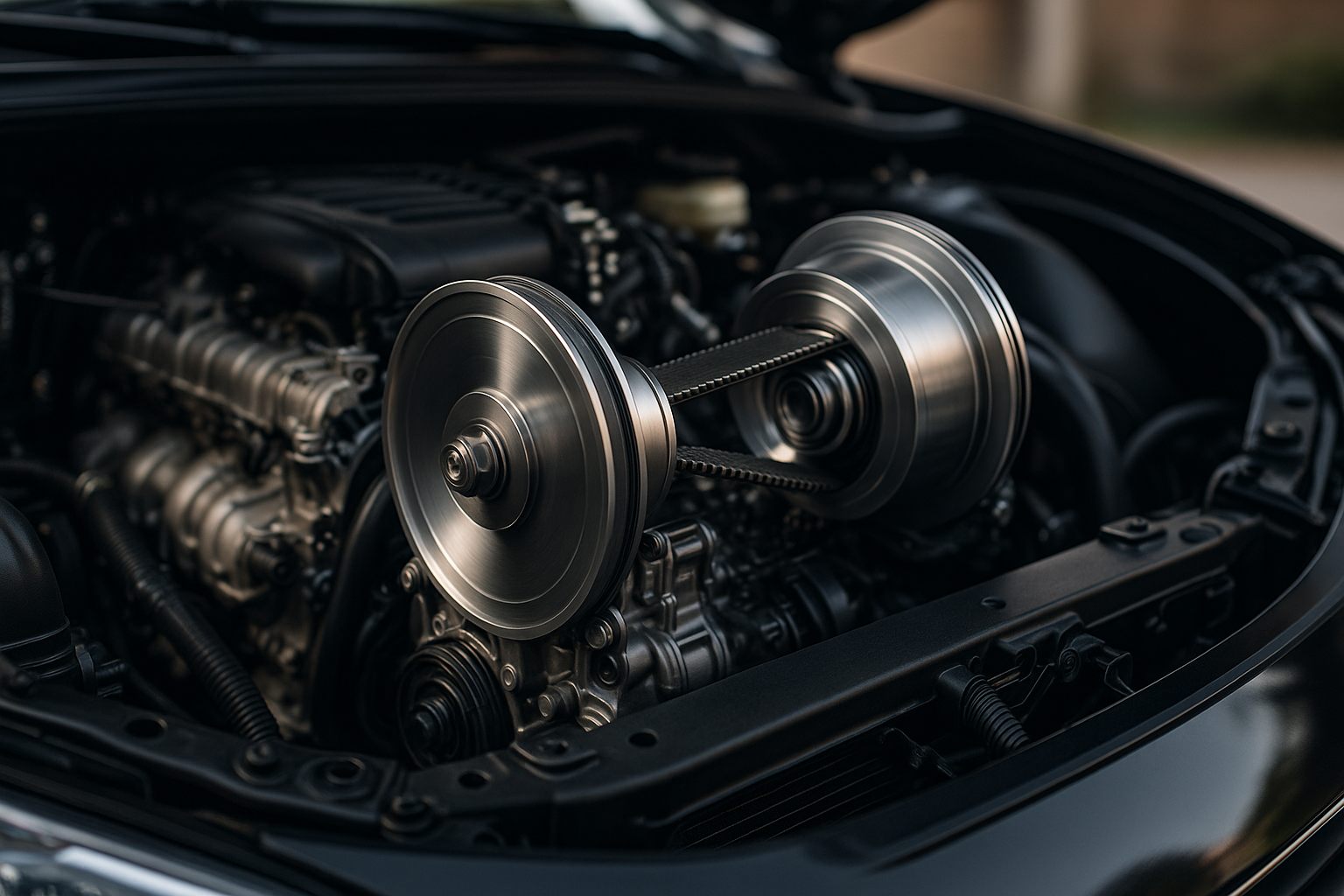Rethinking the Drivetrain: From Conventional to Continuously Variable Transmissions
Introduction: Imagine a world where your car's engine always operates at peak performance, providing you with the best power and fuel economy. This isn't just a fantasy but the real advantage of continuously variable transmissions (CVTs). Let's dive into the world of this fascinating technology, its journey, and the impact it has on the automotive industry.

The Genesis of Continuously Variable Transmissions
The concept of Continuously Variable Transmissions dates back to the late 19th century. Inventor Milton Reeves, inspired by sawmill works, introduced the first CVT in 1879. Later, DAF, a Dutch automaker, commercialized CVTs in their small cars in the 1950s. CVTs operate on a simple principle: instead of fixed gear ratios, they offer an infinite number of possibilities, allowing the engine to work at its most efficient RPM.
The Mechanics of CVTs: A Symphony of Belts and Pulleys
Traditional automatic or manual transmissions typically have a fixed set of gear ratios. In contrast, a CVT uses two pulleys connected by a belt. The diameters of these pulleys can be varied, creating an infinite number of gear ratios. This allows the engine to maintain optimal RPM, leading to improved fuel efficiency and smoother acceleration.
The Acceleration of CVT Adoption
With the relentless pursuit of fuel efficiency, CVTs have gained widespread acceptance among automakers. Modern-day CVTs have evolved to be more reliable and efficient, and they’re now found in everything from compact cars to high-performance vehicles. They’re particularly popular in Japan, where they’re in about 90% of cars sold.
The Impacts of CVTs: Benefits and Challenges Ahead
CVTs offer numerous benefits, including improved fuel efficiency, smoother acceleration, and a simpler, lighter design compared to traditional transmissions. However, they’re not without their challenges. Some drivers find the CVT’s lack of distinct gear changes and the associated noise unsettling. Also, while modern CVTs are more reliable than their ancestors, they can be expensive to repair or replace if they fail.
The Future of CVTs: High-Tech Solutions and New Possibilities
The future of CVTs looks bright, with many automakers investing in this technology. Advanced technologies like electronic control units (ECUs) are being used to refine the CVT’s operation, making it more efficient and responsive. Some manufacturers are also introducing artificial “step” points to mimic the feel of a conventional automatic transmission, addressing one of the key criticisms of CVTs.
The tale of the Continuously Variable Transmission is a testament to the constant evolution of automotive technology. Despite initial skepticism, CVTs have proven their worth and are set to play a pivotal role in the future of the automotive industry, driving us towards a future of efficiency and innovation.




